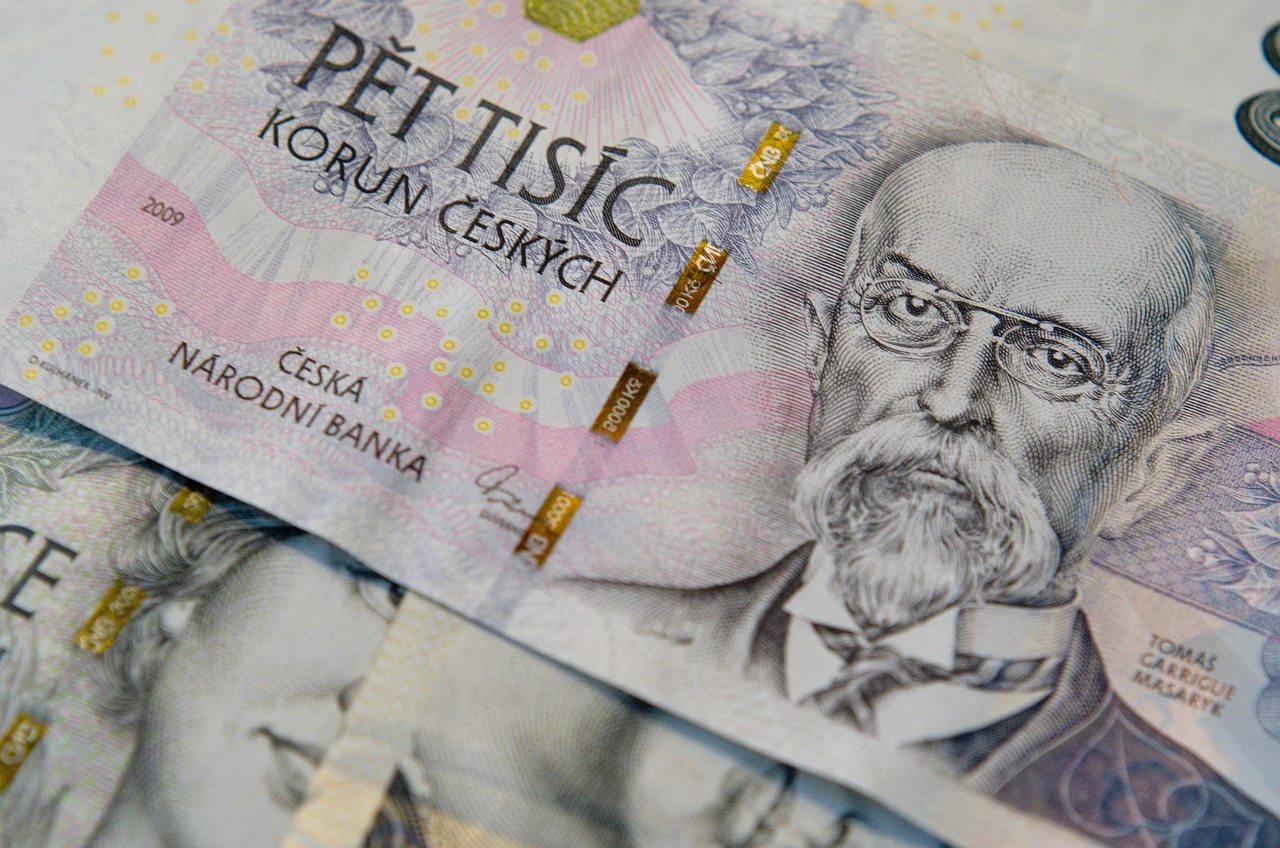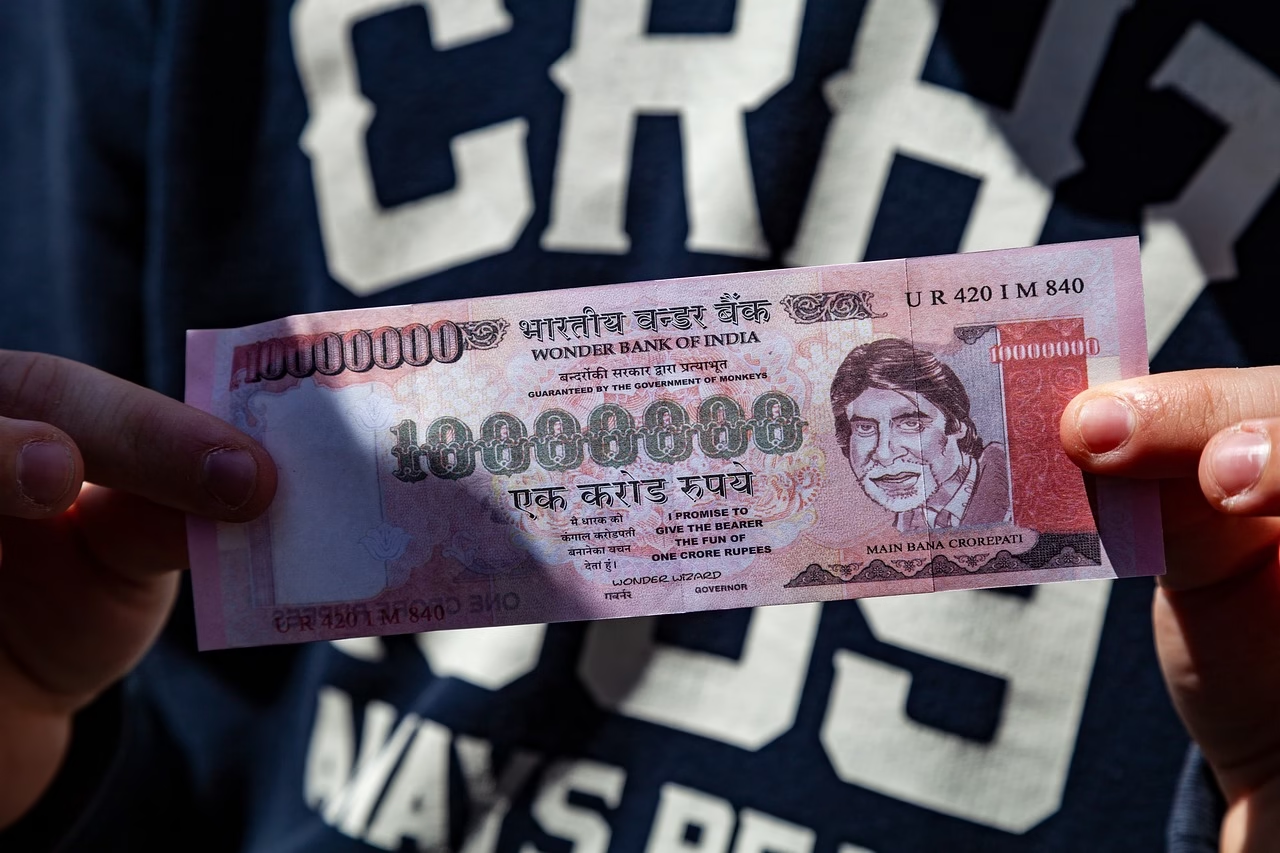“NFTs Boom: Unveiling the Impact and Potential Risks of Non-
May 17, 2025 | by Sophia Vance

NFTs Boom: Unveiling the Impact and Potential Risks of Non-Fungible Tokens in the Digital Art World
Emerging from the dynamic intersection of blockchain technology and creative entrepreneurship, Non-Fungible Tokens (NFTs) have disrupted the digital art world. As these unique digital assets have soared in popularity, they’ve caused a seismic shift in the way art is created, bought, and sold.
The Impact of NFTs on the Digital Art World
In essence, NFTs are digital assets that represent real-world objects like art, music, in-game items and videos. They are bought and sold online, with cryptocurrency, and are encoded with the same underlying software as many cryptos, most notably, Ethereum.
The primary difference between cryptocurrencies and NFTs is that while crypto coins are fungible, meaning they can be exchanged on a one-for-one basis, NFTs are, as the name suggests, non-fungible. Each NFT is unique and can’t be exchanged like-for-like. This uniqueness has played a pivotal role in the surge of interest from artists and collectors alike.
Thankfully, NFTs have democratised the art world, enabling artists to reach a global audience, maintain the rights to their work, and earn a fairer share of the profits. This newfound financial empowerment for artists is perhaps one of the most profound impacts of NFTs.
Digging into the Risks
While NFTs have brought about a fresh wave of optimism and excitement, they are not without their own set of risks and challenges. Understanding these potential pitfalls is essential for anyone considering venturing into this new digital frontier.
Firstly, the NFT marketplace is highly speculative and volatile. Prices can skyrocket or plunge based on hype and investor sentiment, not unlike the broader cryptocurrency market. Staking significant sums on an NFT purchase is akin to investing in a high-risk, high-reward asset.
Secondly, the legal landscape surrounding NFTs is still largely undefined. Issues such as intellectual property rights, licensing, and royalties are still grey areas in many jurisdictions. The lack of clear regulations can make navigating this space somewhat murky.
Lastly, there’s an environmental consideration. The creation and transaction process of NFTs requires a high amount of energy, contributing to the carbon footprint of the blockchain industry. This factor has been a point of contention amongst environmental activists and those within the crypto sphere.
Final Thoughts
As with any disruptive technology, the road ahead for NFTs is likely to be packed with twists and turns. But their impact on the digital art world is undeniable. By instilling digital assets with uniqueness, blockchain technology has given birth to an entirely new way of creating and collecting art.
The risks associated with NFTs are equally as important as the potential rewards. Speculative market behaviour, regulatory uncertainty, and environmental impacts are all factors to be considered when stepping into the NFT arena.
Despite these challenges, there’s no denying that NFTs have opened up a world of opportunity for artists and collectors alike. As this space continues to evolve, it’s essential to keep our eyes open to not only the potential of NFTs but also the risks they entail. After all, understanding both sides of the coin is the key to making informed and lucrative decisions in the exciting and ever-evolving world of digital art.

RELATED POSTS
View all



